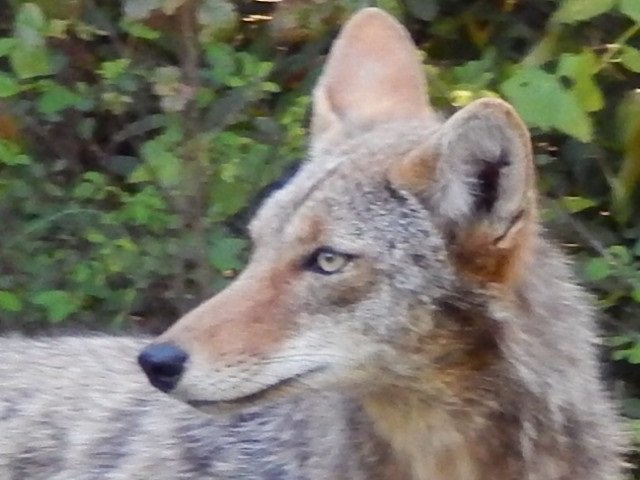Lesson 3 -- The Use of Personification in Poetry Writing

Figurative language is a poetic technique using figures of speech, especially metaphor, which is a comparison of two separate things. It is a word or phrase used in a nonliteral sense to add rhetorical force of artistic effect and persuasion to a spoken or written passage. There are many types of figurative language, such as simile and personification. In a previous post I covered simile, which is comparing to things. For this lesson we will learn about the poetic technique of figurative language called Personification.
~~~~~~~~~~~~~~~~~~~~~~~
Personification is giving human qualities to animals, nature, objects and even to abstract ideas, thoughts and feelings.
A poet will use personification when s/he wishes to 'humanize' the world around him/her, (and, within!). Animals, nature, Earth and the moon are all objects and creatures that poets personify with human-like qualities. In a way it draws comparisons between humanity and the world around us. Personification helps the reader understand and relate to what the poet wants to share with his/her reader.
Examples:
A smiling moon. A jovial sun. The moon is given the human-like quality of 'smiling' and the sun, of being 'jovial'.
In 'Mirror' by Sylvia Plath, for example, the mirror--the "I" in the first line--is given the ability to speak, see and swallow, as well as human attributes such as truthfulness.
"I am silver and exact
I have no preconceptions.
Whatever I see I swallow immediately
Just as it is, unmisted by love or dislike.
I am not cruel, only truthful--"

In John Keats' 'To Autumn', the fall season is personified as "sitting careless on a granary floor" (line 3) and "drowsed with the fume of poppies" (line 6) -- both in the second stanza. In fact, personification of nature is used throughout this poem by Keats. To read the entire poem, please go here: poets.org/poetsorg/poem/autumn
Assignment Write a 6-12 line poem in any style that clearly uses personification, which is giving an object, animals, nature or even abstract ideas/feelings, human-like qualities. Keep the imagery consistent and clear for your reader. Make sure that you use at least one strong example of personification. Try to write in the present tense and incorporate one or two uses of the senses in addition to any imagery/metaphor, and one strong example of simile which was covered in previous post/lesson. You may send your poem to me or post it below for some feedback from me if you wish.
Checklist 1. Did you use at least one clear and strong example of personification? 2. Is your poem written in the present tense? 3. Did you include at least one clear example of use of the senses and simile covered in previous lessons? 4. Is your poem at least 6 lines long and not too much over 12 lines? 5. Are the line breaks effective and not too long? 6. Are you showing and not just telling? Well done!

Original photos by Karen Eisenlord